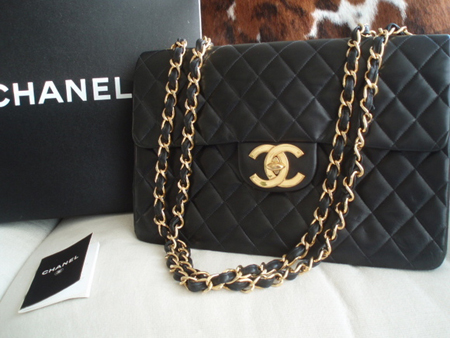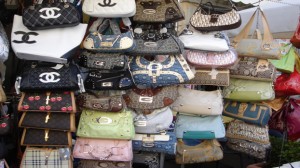After reading Matthew Marshall’s Blog , I thought about value pricing vs. cost based pricing and what I personally look for as a consumer. Value pricing is when a company creates a product that they believe can sell at a certain price depending on its perceived value. Cost based pricing is when a company sets the price of the product to be higher than the cost of production, plus a certain profit margin. So which pricing strategy targets me, as a consumer, more successfully?
Where I waste money: the fashion industry.
Fashion finance gurus estimate Chanel’s annual revenue to run between $2.3 billion and $3 billion and estimate the value of Chanel’s fashion business to be between $5.6 billion and $7.7 billion. The estimated cost of the Chanel bag above is $4,450 canadian. This classic chanel bag is sold all over the world, is there best selling bag and seems to attract a never-ending demand from consumers. Chanel definitely uses value pricing when deciding the price on these bags because the costs of production, distribution etc. do not add up to its retail price. Since Chanel’s financials are private, I looked up another luxury brand in order to see if Chanel really used value pricing as their pricing strategy. Hermes is worth 17 times its earnings before interest, taxes, depreciation, and amortization. Chanel is successful at selling its brand; therefore, the perceived value of this bag, from the consumers point of view, allows the fashion house to charge such an exponentially high price.
It’s obvious that Chanel’s value pricing strategy works; however, there are always customers who are unable to afford an actual Chanel bag or customers who do not see the value of buying a real Chanel bag at the cost of approx. $5,000. Knock-off bags of many brands appear all over the world and are estimated to retail at around $200. In the case of certain consumers, the value pricing strategy for Chanel will not work at all. Knock-off bags are a more accurate representation of cost-based pricing, especially the really cheap ones you can haggle for in Asia.

